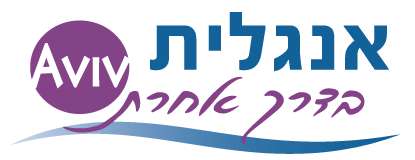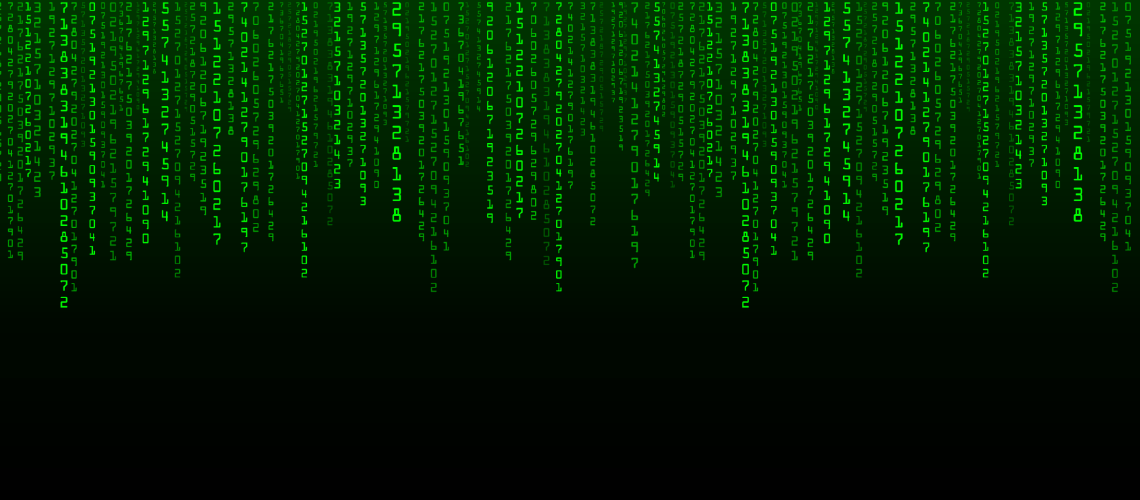In my article, "Logic Based Learning," I emphasize the significance of logical-based procedures in teaching and learning, even for young children. A fundamental aspect of this process is deciphering, which is valuable in the early stages of reading acquisition.
In the realm of reading, deciphering refers to the essential skill of converting written symbols, i.e., letters or combinations of letters, into their corresponding sounds or phonemes. It is analogous to cracking a code, enabling readers to unlock the secrets hidden within written words.
To illuminate this concept, imagine deciphering as solving a secret code. When we read, our eyes scan the letters on the page, and our minds swiftly recognize the sounds associated with each letter or letter combination. For instance, we know that "m" makes the sound "mmm," "a" sounds like "ahh and “t” makes the sound of “ttt”." By blending these sounds together, we form "mat", which represents a word or part of it.
Deciphering involves piecing together these sounds, much like assembling puzzle pieces, until we can pronounce the entire word accurately. This skill eventually facilitates smooth reading and enhances our comprehension of the text's meaning.
This straightforward analogy serves as a helpful tool for young learners, parents, and educators alike, helping them grasp the concept of deciphering and appreciate its pivotal role in the journey of learning to read. It underscores the idea that reading is similar to unveiling a concealed message and highlights how understanding the sounds of letters enables us to unlock the language's written code.
Furthermore, my approach extends the concept of deciphering beyond letters to encompass illustrations corresponding to these letters. Each letter sound is associated with 2-3 different illustrations, enhancing the decoding process. This innovative method empowers the brain to decipher and blend these sounds into what I term "sound units," which need not necessarily form real words. In fact, I find that using nonsense and meaningless words in this context is more efficient, as it challenges the decoder's skills more effectively.
In conclusion, deciphering is a fundamental stage of reading acquisition, particularly for young learners. It equips them with the ability to decode written symbols, recognize sounds, and ultimately decode and recognize the written word.
Children's acquisition of essential reading and language skills can be ensured by employing logical-based procedures such as deciphering in the learning process. These techniques foster reading acquisition, enhance comprehension, and promise a lifelong love for reading.
Our "Young SoftRead" series is designed to help readers interpret illustrations BEFORE relying on written letters or words, adding another layer to reading practice.

